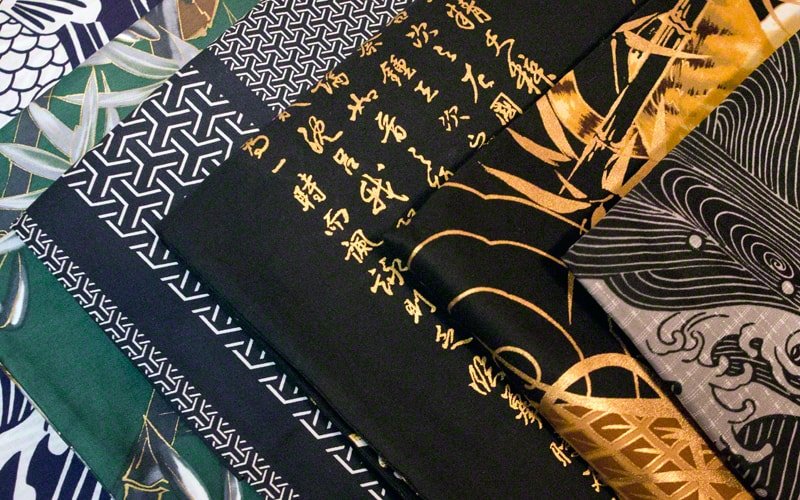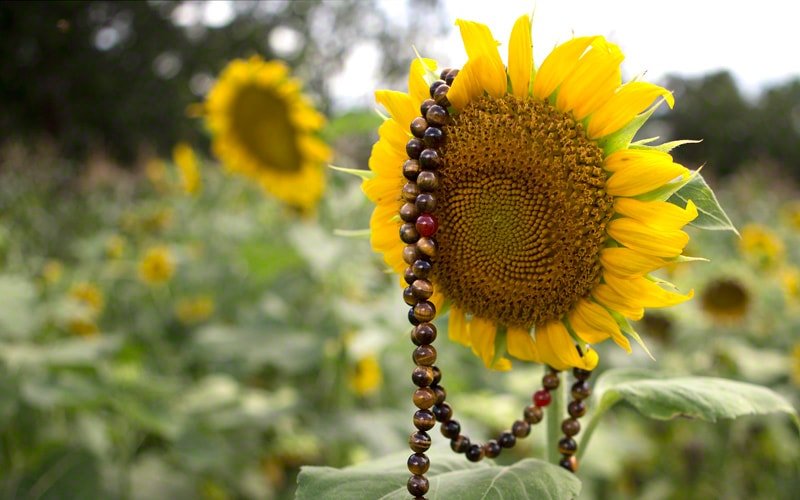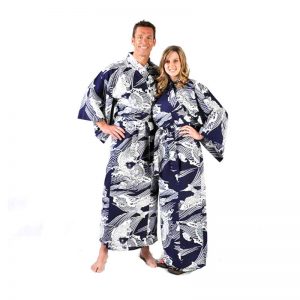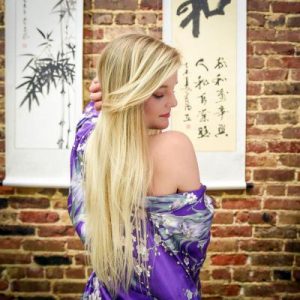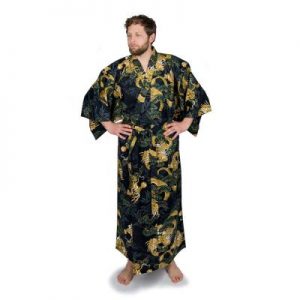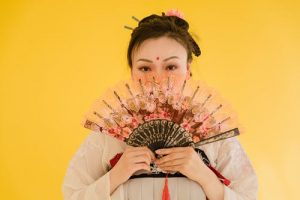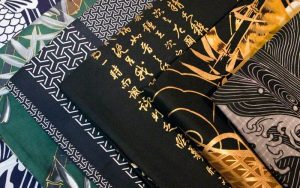When it comes to traditional clothing that has transcended time and borders, Japanese kimonos and Indian kaftans top the list. Both garments hold deep cultural significance, represent rich histories, and are adored for their unique aesthetic. But while kaftans offer utility and simple charm, kimonos reign supreme as the ultimate symbol of elegance. This blog will explore the key differences in materials, cultural roots, and why kimonos stand in a class of their own.
The Cultures Behind the Garments
The Japanese Kimono
The word kimono, meaning “thing to wear,” embodies the essence of Japanese culture—refined, sophisticated, and traditional. Historically worn in daily life, kimonos have become a celebrated garment for special occasions such as weddings, festivals, and tea ceremonies. With their intricate designs, luxurious fabrics, and attention to detail, kimonos are an art form in their own right.
Today, the kimono has evolved into a versatile piece, particularly in the West, where it is often seen as elegant loungewear. Women’s kimonos, with their flowing sleeves and flattering silhouettes, marry comfort with sophistication in a way few garments can replicate.
The Indian Kaftan
Kaftans, on the other hand, trace their origins to the Middle East but gained global recognition thanks to their adoption in India. Popularized for their flowy, relaxed fit, kaftans are well-suited for warmer climates and casual occasions. While kaftans are utility-driven and increasingly fashionable, they lack the ceremonial grandeur that defines kimonos.
Material & Design Differences
Kimono Materials
Kimonos are traditionally crafted from fine cottons and silks, often adorned with hand-painted or embroidered patterns that reflect nature and cultural symbols. This meticulous craftsmanship makes each kimono both unique and high-value. Modern varieties may use cotton or polyester for casual wear, but their intricate designs and stitching uphold their luxurious appeal.
Kaftan Materials
Kaftans utilize lightweight materials like cotton, chiffon, and linen, designed for heat and ease of wear. While they often feature vibrant prints and embellishments, they prioritize comfort over ornamentation. For this reason, kaftans, though versatile, lack the artistic and cultural depth of kimonos.
Uses & Occasions
Kimono culture embraces a wide spectrum of uses—from formal events to casual lounging at home. The adaptability of kimonos is unmatched; they transform from traditional attire into elegant loungewear seamlessly. A women’s kimono paired with a soft obi belt is chic enough for a high-tea gathering, yet cozy enough for a night of relaxation.
Kaftans, meanwhile, shine in their utility. They are breezy, easy to wear, and ideal for summer vacations or beach getaways. However, the kaftan’s focus remains on comfort, often leaving elegance on the sidelines.
Popularity Today
While kaftans have gained popularity in resort wear collections and boho fashion trends, kimonos hold steady as a timeless wardrobe staple. Their rise as the “true loungewear of the West” demonstrates their universal appeal. When you choose a kimono, you’re not just buying clothing—you’re investing in history and craftsmanship.
At Chopa, we pride ourselves on offering one of the largest selections of Japanese kimono and yukata online. With designs ranging from contemporary to traditional, our collection ensures there’s a kimono for every occasion.
Why Kimonos Are in a Class of Their Own
Ultimately, while kaftans may deliver utility, nothing compares to the elegance of a Japanese kimono. Intricately designed, steeped in cultural heritage, and versatile in its uses, a kimono goes far beyond being just “clothing.” Its flowing lines and intricate artistry elevate it into a wearable masterpiece—one that effortlessly blends tradition with modernity.
Whether you’re looking for a stunning addition to your wardrobe or the perfect piece of elegant loungewear, a kimono truly stands apart.
Closing Thoughts
At Chopa, we believe in preserving the beauty and tradition of the Japanese kimono. While we don’t offer kaftans, our extensive collection of women’s kimonos reflects our dedication to providing garments that exude sophistication and craftsmanship.
Explore our collection today and experience the elegance that only a kimono can offer.

